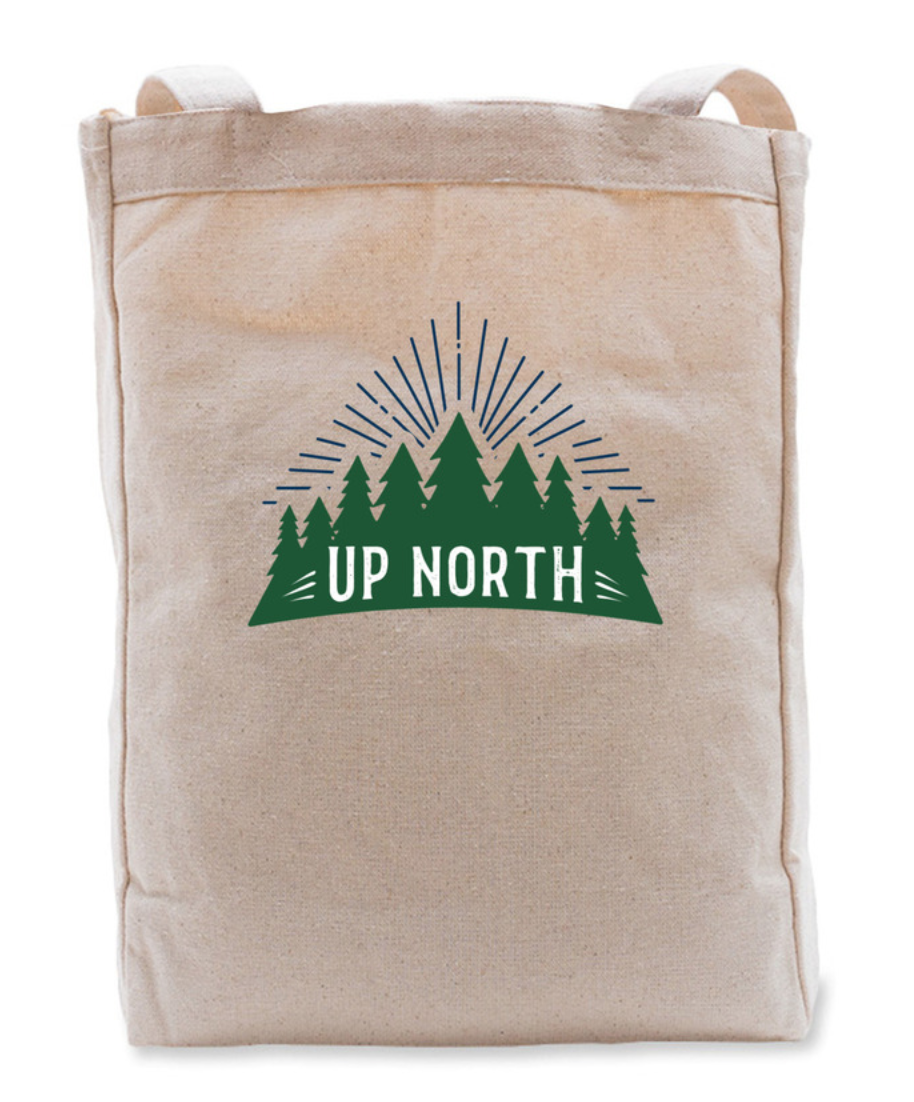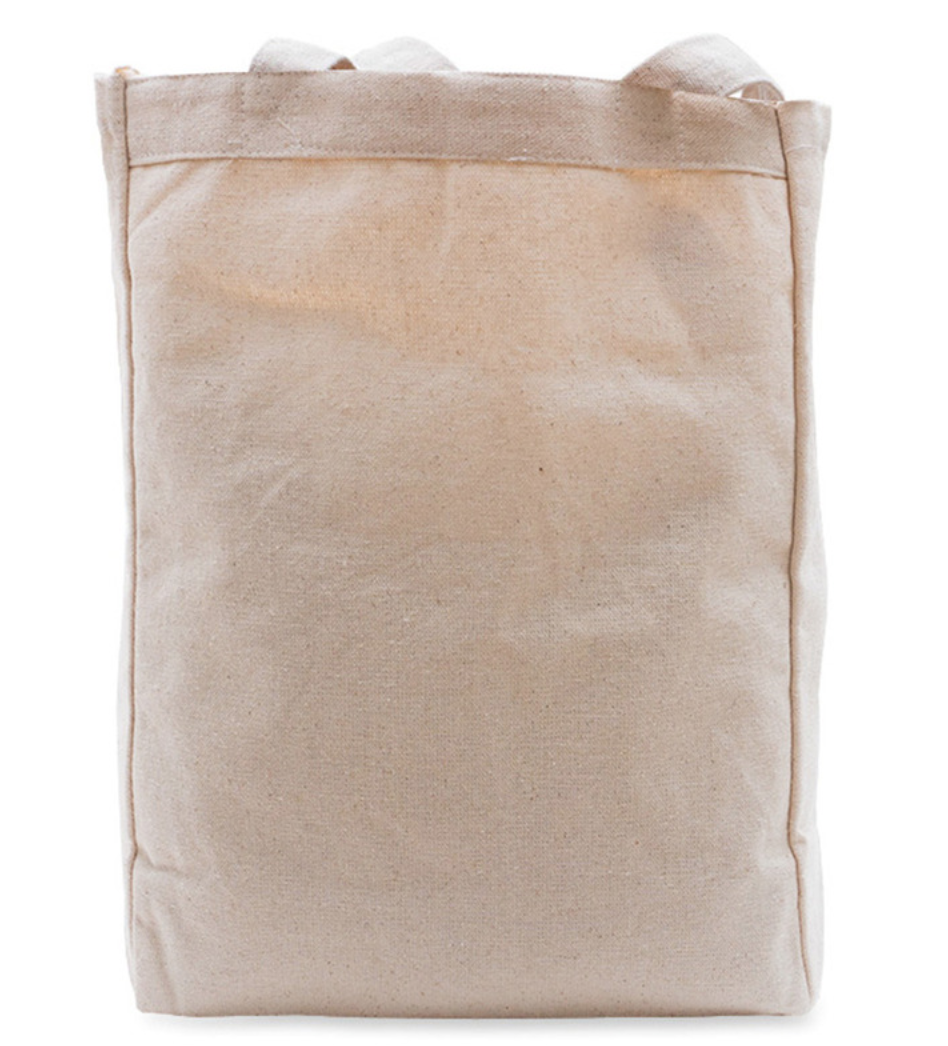Morel Mushroom Hunting! Foraging Season is Upon Us: Here's What to Know.
Get outdoors and enjoy springtime with the whole family while searching for the famous - and delicious! - Morel Mushroom.
(Foraging report from May 8 updated at the end…success! )
Since I was a kid, I’ve been fascinated by the idea of getting our own food with activities like gardening, fishing & hunting, and foraging.
I have childhood memories of sheer wonder picking wild strawberries from a rocky island on Crane Lake in Northern Minnesota. “How, how are they this sweet?” I remember thinking. And watching my Yiayia pull over to pick wild oregano spotted while driving in Greece. And the disbelief that we could use the vines of grape leaves in the neighborhood to make dolmades. And slow mornings spent with my mom picking wild blackberries from the fence in our own backyard. The dark, sticky juice coated my fingertips as I ate. The red ones weren’t raspberries, Mom explained as my face puckered from the sour: they were just underripe.
But like many folks today, my childhood interest in foraging eventually gave way to the convenience of grocery stores and summer farmers’ markets, and today I live off mostly store-bought food with the occasional self-caught fish or garden-grown veggies and herbs.
Over the last several years however, along with a wider goal of getting “closer” to my food, I’ve been reinvigorated by the allure of foraging. I have a lot to learn still, but I want to share my journey with you with the hope that it inspires some foraging of your own.
Now, this is my first of what I hope will be *many* foraging-related articles on this blog. So I’m going to muster a little self-control and stick to the topic of morel foraging from here on in.
Gigantic disclaimer: Again, I’m no foraging expert. I’ve only found morels a handful of times, but I’ve been doing a lot of research, practice, and talking to folks who know. My goal is that putting what I’ve learned into one spot can arm you with some inspiration and know-how to get out there and find some morels of your own this spring. And, I’ll keep you posted on how I’m doing this season at the bottom of this post.
Happy hunting!
The first two morel mushrooms I ever found - Northern Illinois, April 2017.
What Are Morels & Why is Everyone Talking About Them?
Morel mushrooms are a species of fungi native across much of the Northern Hemisphere though common to the Great Lakes region of the United States. They’re highly sought after for their unique earthy flavor and are considered a delicacy by many. Because they can’t be cultivated and their growing season is so short (often just 2-3 weeks a year in a given area!), they typically create quite the buzz this time of year.
So, do they live up to the hype? I suppose that’s a personal question. For me, I find the texture and taste truly delicious, and the fact that they’re elusive makes enjoying them that much more yummier.
Reasons to Forage for Morels
1. They’re delicious!
2. Morels are a relatively safe gateway into foraging. Mushrooms on the whole are usually safe to touch, and morels are easier to identify than many other species. But, please read the safety precautions below before getting started.
3. It’s a great excuse to get outside. Duh.
4. It’s a fun activity for kids, too! Hunting for morels is a smart way to entice the whole family to spend some time outside, and sometimes their low vantage point makes kids especially good foragers too!
Identification
Morel mushrooms have a distinct, oblong, honeycomb-like cap with a hallow body from cap to stem. They typically have a beige, blonde or light-brown color, though black morels due exist.
Foraging Safety
If you’re not sure, do NOT eat it. This is the first rule of foraging and cannot be stressed enough. Many mushroom varietals are toxic to humans, and they can look extremely similar to safe varietals. I gave a quick overview of identification above, but you should do thorough research in addition to what you read here, plus get a second opinion from an experienced friend before eating what you find.
With morels, you especially want to look out for “false morels” which typically have a squashier shape and contain cotton-like material inside the stems rather than being hollow. These are toxic and should not be eaten.
Also, while in the woods, always be wary of wildlife plus plants that could potentially prick or sting. Remember we’re getting into tick season too, so wear long pants and socks, and check yourself thoroughly when you are finished.
Now that you’re sufficiently scared, I want to remind you that with proper preparation and know-how, foraging for morels is quite easy and safe. Just be smart, and give it a go!
Don’t stop at morels! There are dozens of mushrooms in the Great Lakes region folks can forage for into the fall.
What You’ll Need to Bring
1. Bag or Basket. Think positively: you will find morels today. So always head out with something to hold your haul. Get your reusable “Up North Tote” from my store here.
2. Knife (optional). More on this in the “Harvesting” section below.
3. Patience (not optional). Now you know. Like with many of our beloved outdoor activities, morel foraging takes time and effort, and finding these rare gems is far from a guarantee. If I may preach for a moment: try going into it with the goal of enjoying nature, quiet, and the almost-meditative practice of searching. Decide that finding them is a bonus!
When to Go?
Morels are usually in season sometime between mid-April and mid-June, depending on where you live. You’ll want some consecutive days in the 60s and 70s with nights well above freezing. Some good spring rainfall is a necessary ingredient to the equation too.
In general, once the earth starts “popping” – lilacs starting to bloom, various buds springing forth – morels will be on their way too.
Common Areas to find Morels
Now this is what everyone wants to know! Truth is, morels can be found in a wide variety of locations, including spots you’d never expect them. But here are some common types of spots on which to focus your searching efforts:
For starters: any area with trees, including forests, orchards or the edges of woods.
Near and around dead or dying trees. Dying Elm trees are the classic morel spot, but searching from roots to 10-20 feet around any dying tree is a good bet, so don’t worry if you’re not great at identifying tree species!
Near and around bushes or ferns.
Animals eat morels too (and they’re great at finding them!) so it never hurts to look near deer tracks for any they may have left.
Recently burned areas.
River valleys.
Keep in Mind:
In early spring, start with places that receive the most sunlight, like gentle slopes with southern exposure. In late spring, try north-facing slopes.
Never search private land without getting permission from the owner. If searching on public land, make sure it’s allowed in your location.
Be a good steward of the woods and watch where you step: if walking “off path,” be careful not to trample any new forest growth – or morels!
Harvesting the Goods
Congrats! You’ve found your first morel mushrooms. Now what?
To harvest a morel, simply use a knife to slice the stem at ground level. Or, just pinch it off with your fingers at the same level. Morels should be soft and easy to pinch off: if they crumble, they’re probably already too dry. I’ve heard some people like to shake morels where they find them before placing them in a bag or basket, the idea being that the spores will fall and help them come back next year.
As a general rule of thumb in foraging, it’s smart and kind to only take what you’ll eat. If foraging on public land, consider leaving a few behind for other foragers. Plus, though morels are pretty good at coming back year after year, this will help ensure they’ll be back right here next year.
Common Mistakes to Avoid:
Taking the whole thing. Leaving the bottom or “root” in place will help morels re-propagate.
Leaving too quickly. Morels often grow in clusters. If you find one or two, scan the entire area thoroughly as there could be dozens more.
Not taking note of exactly where you are. Remember your exact location plus the conditions in which you found them to help inform your future endeavors.
Learn from my mistake! Instead of pulling the morel from the earth, pinch or slice it at ground level, leaving “root” in place.
Foraging Report: April 15, 2021
A few days ago, I set out on an early scouting mission (check out the YouTube video here!). I was searching on some family-owned land that’s a *little* south of where I live in the Twin Cities, and I’d hoped things would be a bit further along than they were.
We’ve had a “confusing” spring so far to say the least: a period of sunny days in the 60s, 70s and even 80s, followed by a long stretch of cold and rain, with daily highs in the low 40s. Yesterday it even snowed again. While the temporary warmth alerted some daffodils and magnolia trees to start blooming in the Cities, it seems it was not enough to get things popping in the woods I searched.
The forest was pretty bare, and prime spots of dying trees and southern slopes did not produce. But, I have some good areas picked out to go back to in a couple weeks.
And remember, if you find yourself struggling to find them too, know you’re not alone. I hope that can be some “morel” support! (Yes, I said it...)
Foraging Report: May 8, 2021
Success! I headed back out a few days back and found several little clusters of morels. They were somewhat surprisingly found in a partially mulched area where my family is putting in a garden. They were however growing about two feet off of recently dead trees - go figure! Some good news: the location was a very sunny spot, and no other morels were seen deeper in the woods. This tells me we may have many more to come yet this season! I made sure to give the mushrooms a nice shake in the area to release spores after harvesting, and I made an awesome meal out of them. Check out the recipe here!
Are you out foraging yet for morels or other gifts of nature? Let us know in the Comments section below! Found some? Share with me on Instagram by tagging @nattieupnorth.












